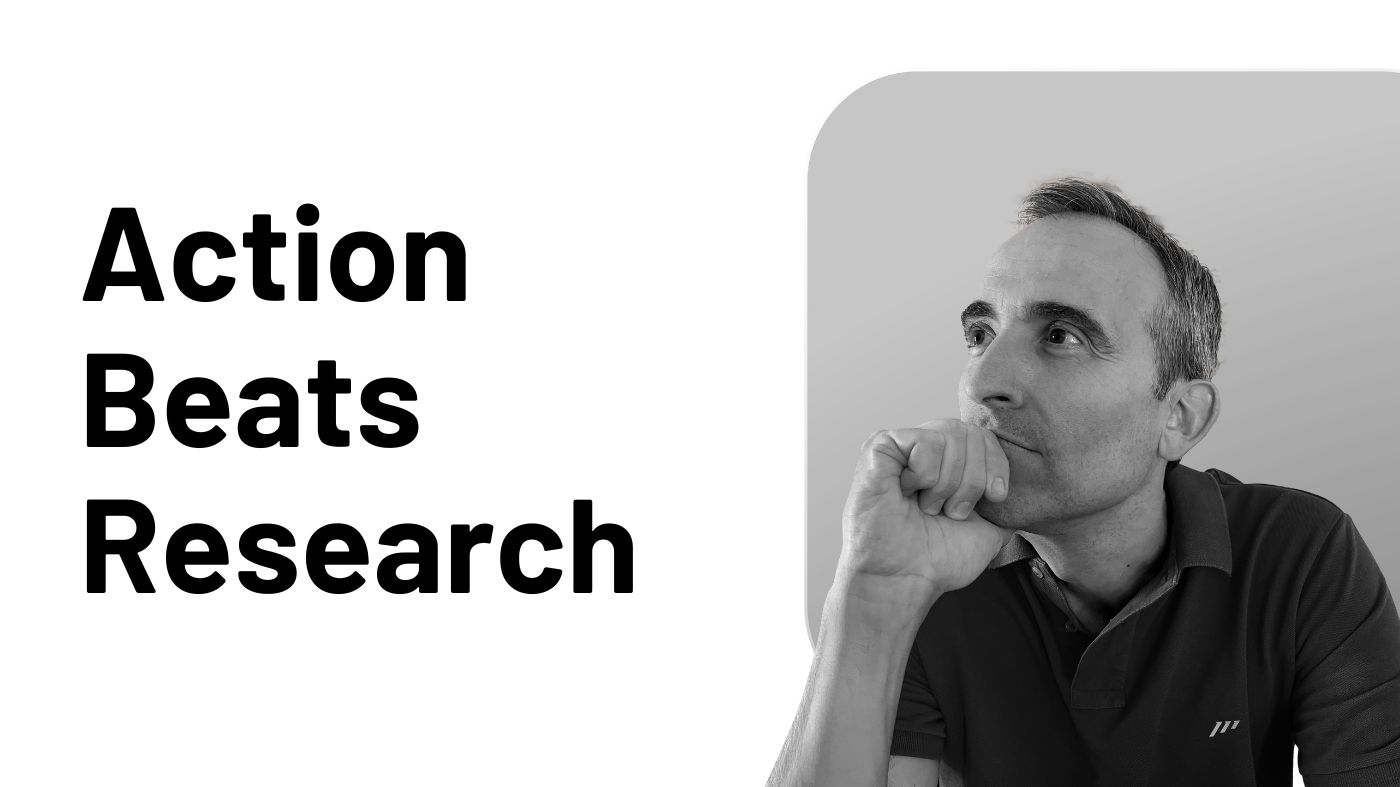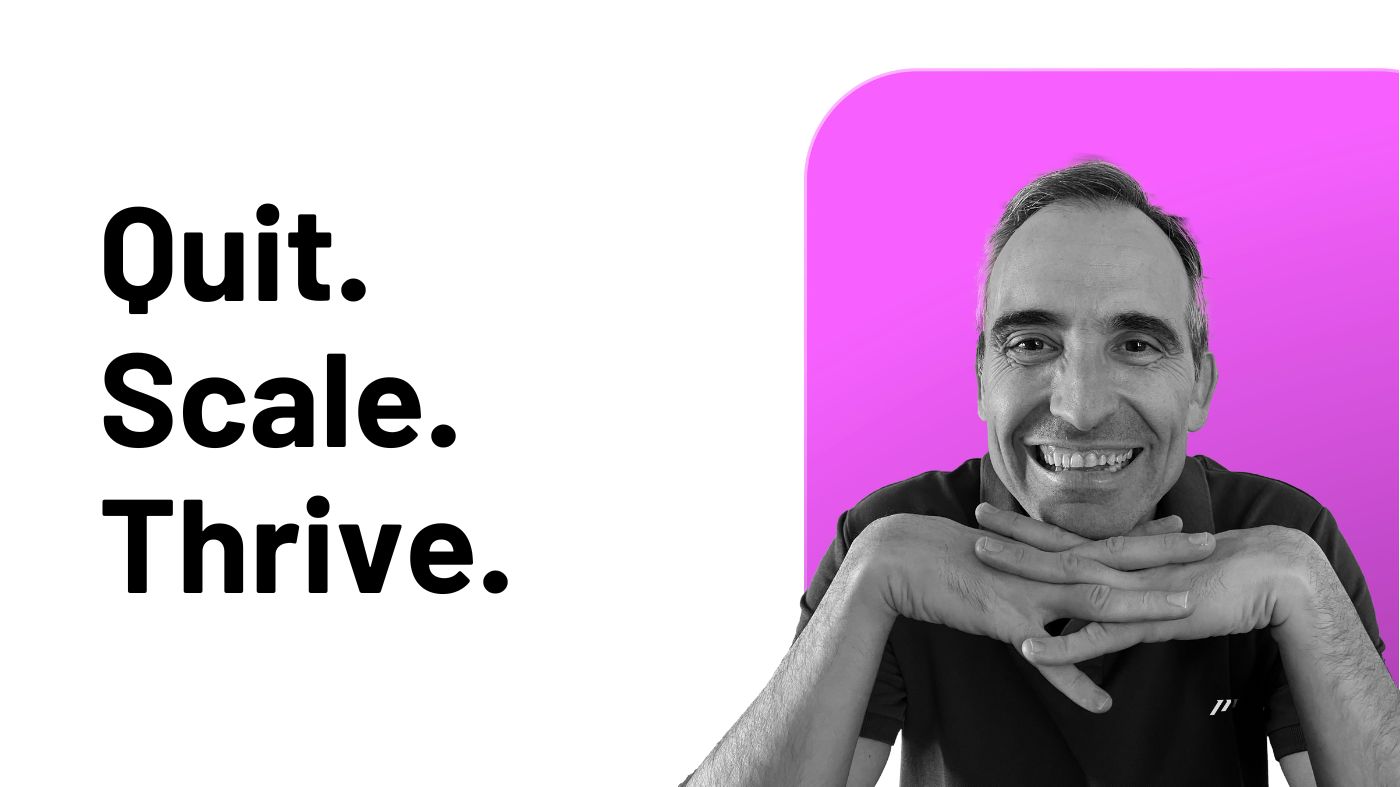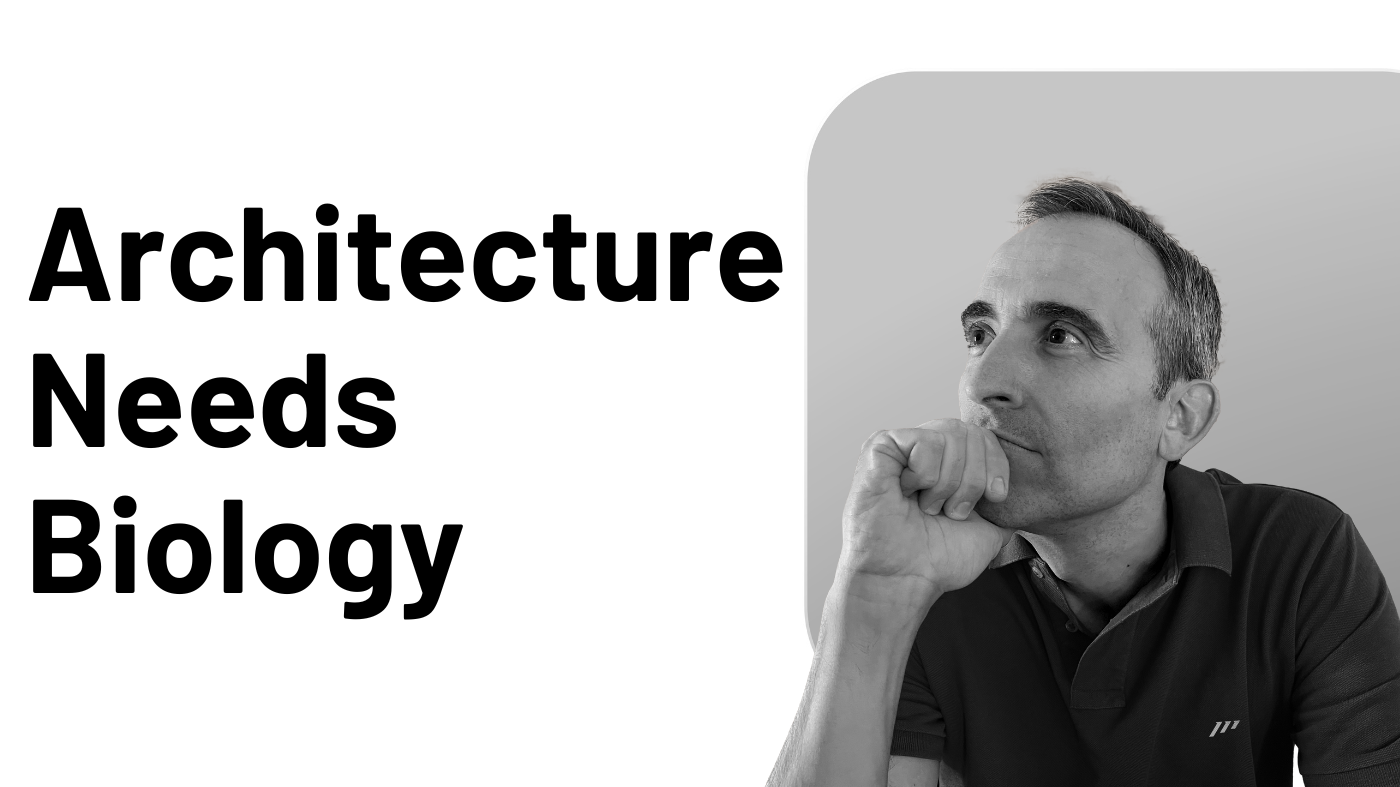In today’s fast-paced world, managing information and making strategic decisions swiftly is essential for personal and business success.
Within any Personal Knowledge Management (PKM) system, understanding the dynamics of Shallow and Deep Thinking is crucial.
Let’s delve into these two cognitive processes and explore how to leverage them for enhanced productivity and focus.
The Dynamics of Shallow and Deep Thinking
Shallow Thinking is the quick, almost automatic processing of information.
This type of thinking is essential for managing the fast-paced demands of daily life, where actions like capturing notes, responding to emails, or sifting through updates require instant attention and quick decisions.
While often underestimated, Shallow Thinking plays a critical role in keeping up with the constant influx of information and preventing bottlenecks that can disrupt your workflow.
“You have to work hard to get your thinking clean to make it simple. But it’s worth it in the end because once you get there, you can move mountains.” — Steve Jobs
On the other hand, Deep Thinking is all about exploration and understanding.
It involves breaking down complex concepts, drawing connections, and generating new insights.
Deep Thinking requires time and focus, often benefiting from techniques like visualization, which helps in mapping out complex ideas and identifying knowledge gaps.
This process not only fosters comprehension but also enables long-term problem-solving and strategic planning.
Practical Applications of Shallow and Deep Thinking
Shallow Thinking can be effectively managed through simple categorization techniques. Tagging, quick notes, or AI-powered organization tools can help capture and store information rapidly.
This ensures you’re not overwhelmed by the volume of daily tasks and can access needed information swiftly.
Implementing workflows that allow for rapid capture of meeting notes, spontaneous thoughts, or immediate tasks helps streamline operations and reduces stress.
“The discipline of writing something down is the first step toward making it happen.” — Lee Iacocca
Deep Thinking, however, requires more deliberate practice.
This is where dedicated time for synthesis and analysis comes into play.
Visualization tools can be invaluable here, allowing you to see the broader picture and engage with the information on a deeper level.
For busy professionals, setting aside regular time blocks for deep thinking activities (whether it’s strategy planning, brainstorming, or in-depth research) can lead to powerful breakthroughs and more informed decisions.
Integrating Shallow and Deep Thinking in a PKM System
Understanding when and how to engage in Shallow vs. Deep Thinking can help you choose the right tools and workflows for your needs.
For example, at the Paperless Movement®, we use Tana for Shallow Thinking and Heptabase and Miro for Deep Thinking.
A robust PKM system that distinguishes between these two types of thinking ensures that information and tasks are managed efficiently and that mental resources are allocated appropriately.
“Simplicity is the ultimate sophistication.” — Leonardo da Vinci
This distinction aids in mental clarity, allowing you to focus on immediate tasks without losing sight of long-term goals.
By cultivating an awareness of Shallow and Deep Thinking, busy professionals can tailor their productivity system to suit their needs, enhancing their focus, reducing stress, and ultimately, achieving success with greater ease and clarity.




